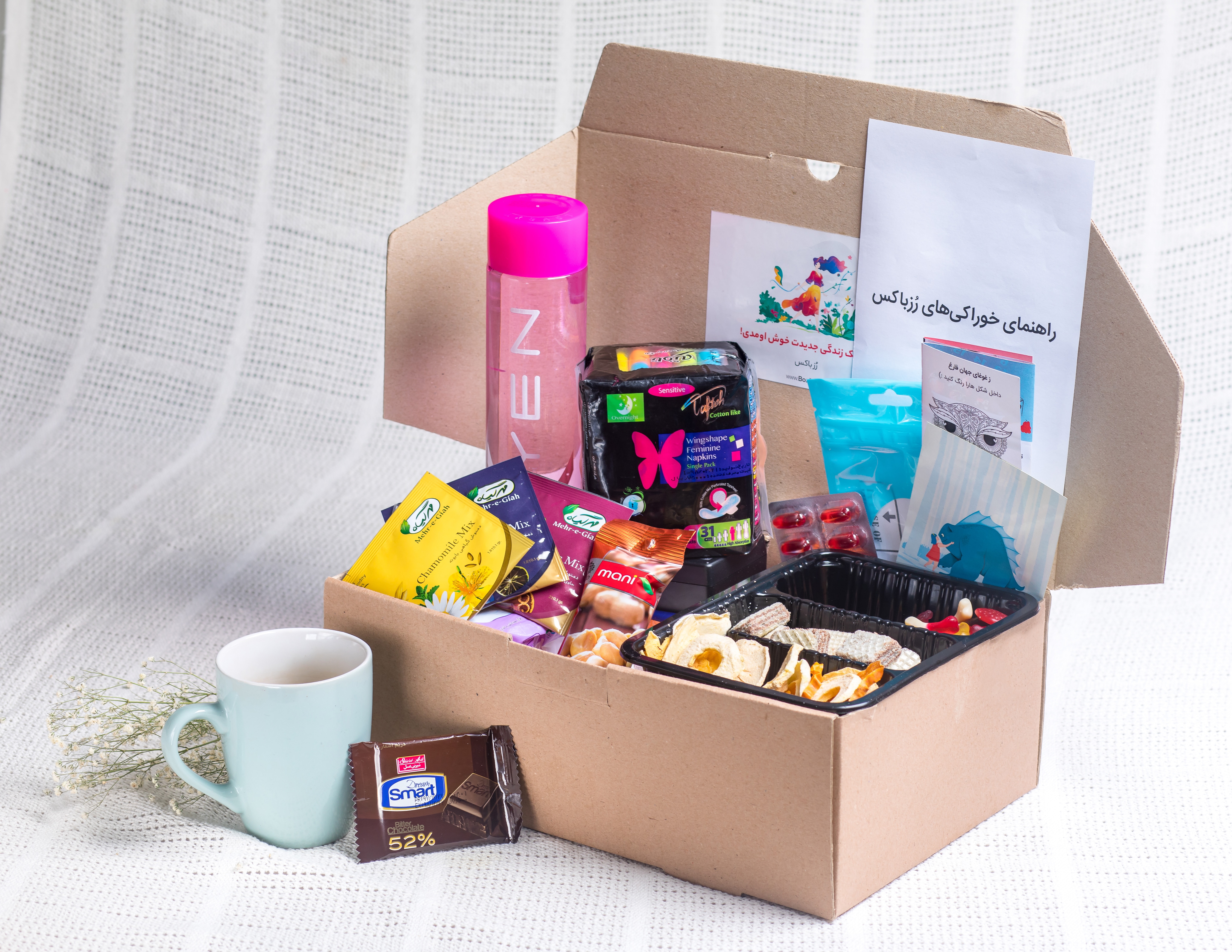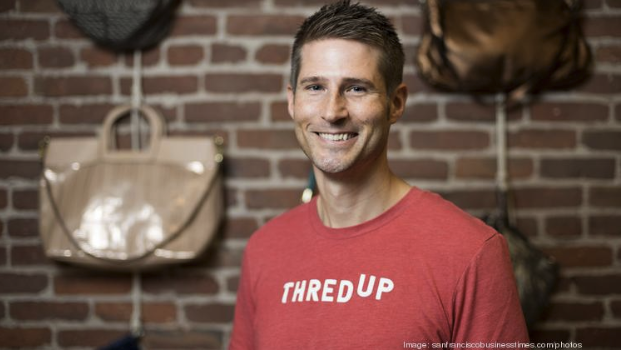How to Capitalize on the $10B+ Subscription Box Industry

It’s no secret that the past decade has sent companies flocking toward the subscription model. And who can blame them: that sweet recurring revenue and the promise of a $1B exit (a la Dollar Shave Club) is compelling. But it’s not too late to launch a subscription box — you just have to know what market to enter.
In this piece we:
- Explain how the subscription box was born and assess market growth
- Break down challenges with making subscription boxes work in specific categories
- Analyze hundreds of subscription boxes on Crunchbase and which categories are saturated
- Give over a dozen examples of niche boxes doing between thousands to millions per month, from cellphone-sized books to Brazilian jiu-jitsu
- Share a roadmap for assessing and entering the $10B+ market
History of the Subscription Box Industry
Early attempts at the subscription box began in 2004, with The Sampler — a box that partitioned out goods from different indie crafters. The Sampler no longer exists, but it wasn’t until many years later that subscription boxes really started to take off. Some notable boxes leading the charge included:
- Birchbox (founded September 2010, now with more than 1m subscribers)
- Dollar Shave Club (founded January 2011)
- Barkbox (founded December 2011)
- Naturebox (founded 2011)

